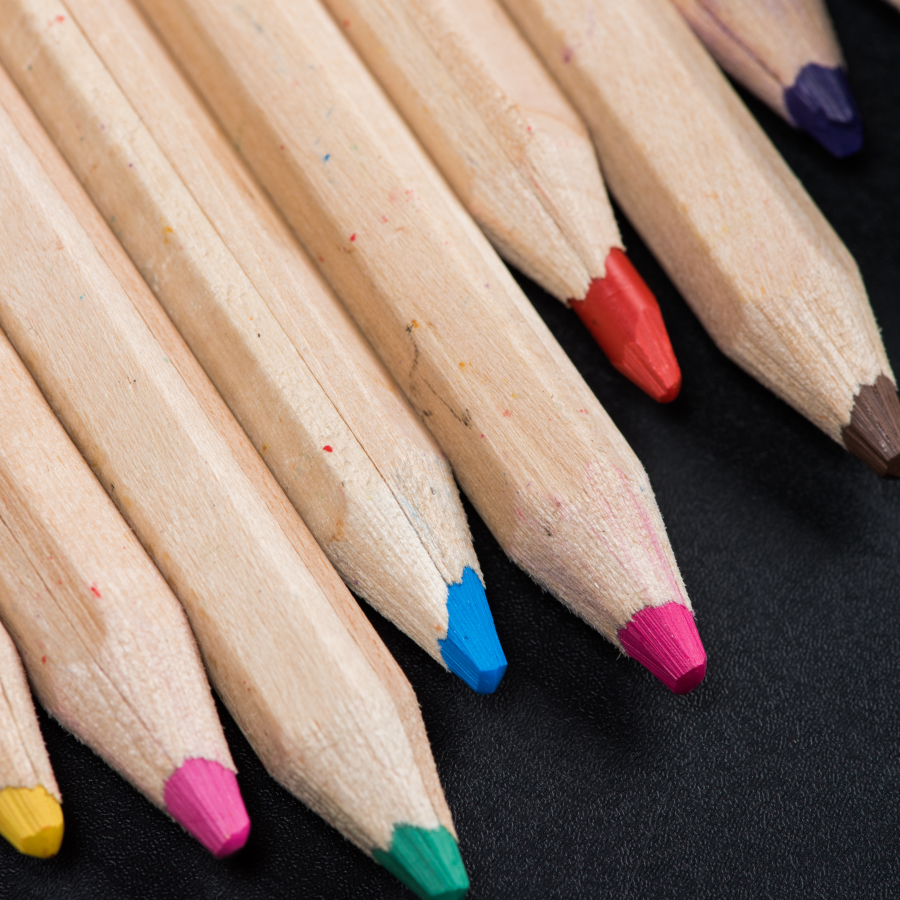When it comes to drawing or drafting, the type of pencil you use can significantly impact your work. Many artists and designers find themselves at a crossroads when deciding between an HB and a 4B pencil. Understanding the differences, as well as the best use cases for each, can help you make an informed decision. If you’re in the market for high-quality pencils, whether in bulk or smaller quantities, consider visiting cpencils.com for a wide selection.

Understanding HB vs. 4B Pencils
Pencils are graded based on the hardness of the graphite core. An HB pencil is considered standard and falls in the middle of the grading scale. It offers a balance of hardness and blackness, making it suitable for general writing and detailed sketches. On the other hand, a 4B pencil has a softer graphite core, which produces darker and richer lines ideal for shading in artistic drawings.

If you’re working on technical sketches or need precise, clean lines, the HB pencil is your go-to tool. However, for more dramatic, expressive drawings, a 4B pencil provides the depth and intensity required. For those looking to experiment with both or seeking quality products, durzerd.com offers bulk custom pencil options that cater to your needs.
Common Problems and Solutions
One common issue artists face is choosing the wrong pencil for their project, leading to unsatisfactory results. For instance, using an HB pencil for shading can result in a lack of depth, while a 4B pencil for fine detailing can cause smudging and a lack of precision.
Solution: Understanding the purpose of each pencil can prevent these issues. HB pencils are great for clean, precise lines, making them perfect for technical drawings and detailed work. 4B pencils, being softer, are excellent for bold lines and shading, adding depth to your artwork. Learning to switch between these pencils based on the requirements of your project can significantly enhance the quality of your work.
For a more hands-on guide, this article provides a comprehensive comparison of different pencil grades and their best uses.
Production Process and Quality Assurance
Understanding how HB and 4B pencils are made can also aid in selecting the right product. The production process starts with mixing graphite with clay; more clay results in a harder pencil (like HB), and more graphite results in a softer pencil (like 4B). The mixture is then encased in wood, usually cedar, and then baked at high temperatures.
Quality assurance is crucial in pencil production. Reputable manufacturers ensure that each pencil is subjected to stringent tests to maintain consistency in hardness and smoothness. This information is particularly relevant for bulk buyers looking for reliable suppliers. For those interested in high-quality bulk custom pencils, durzerd.com offers a variety of options tailored to meet specific needs.
Recommendations and Tips
Here are some practical tips for making the most out of your HB and 4B pencils:
- Layering Technique: Start your drawing with an HB pencil to create a light sketch. Once you are satisfied with the structure, switch to a 4B pencil to add shading and depth.
- Blending: Use a blending stump with a 4B pencil to create smooth transitions between light and dark areas.
- Sharpening: Keep your HB pencil sharp for precise lines and details. A dull HB pencil can produce uneven lines.
- Pressure Control: Varying your pressure can change the darkness of the lines even with the same pencil. Light pressure creates lighter lines, while heavy pressure results in darker lines.
For more insights on pencil techniques, this guide offers valuable tips for artists of all levels.
In conclusion, both HB and 4B pencils have their place in an artist’s toolkit. By understanding their unique characteristics and optimal uses, you can enhance your artwork and achieve the desired effects. Whether you need small batches or bulk orders, websites like cpencils.com and durzerd.com offer reliable options to meet your needs.



